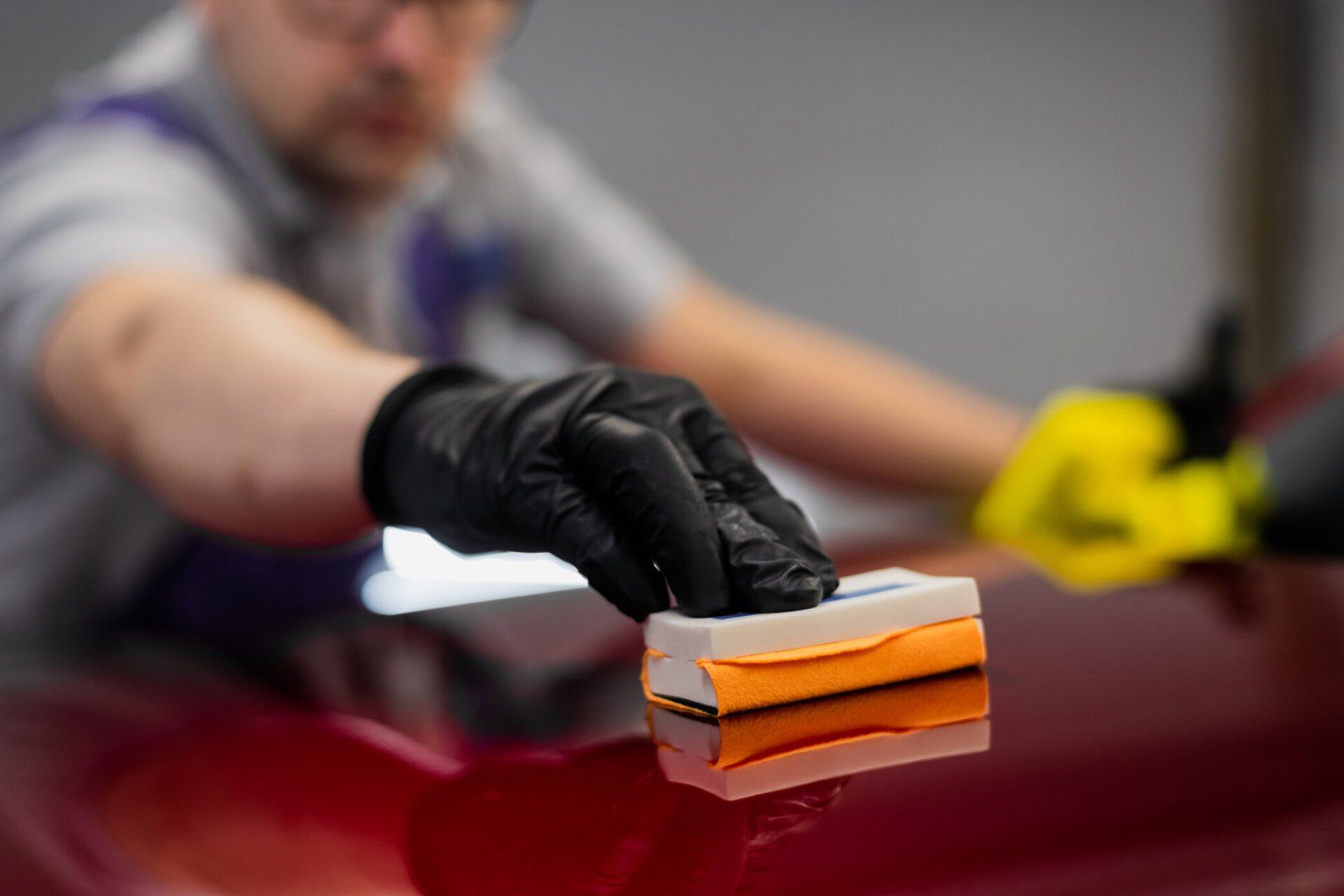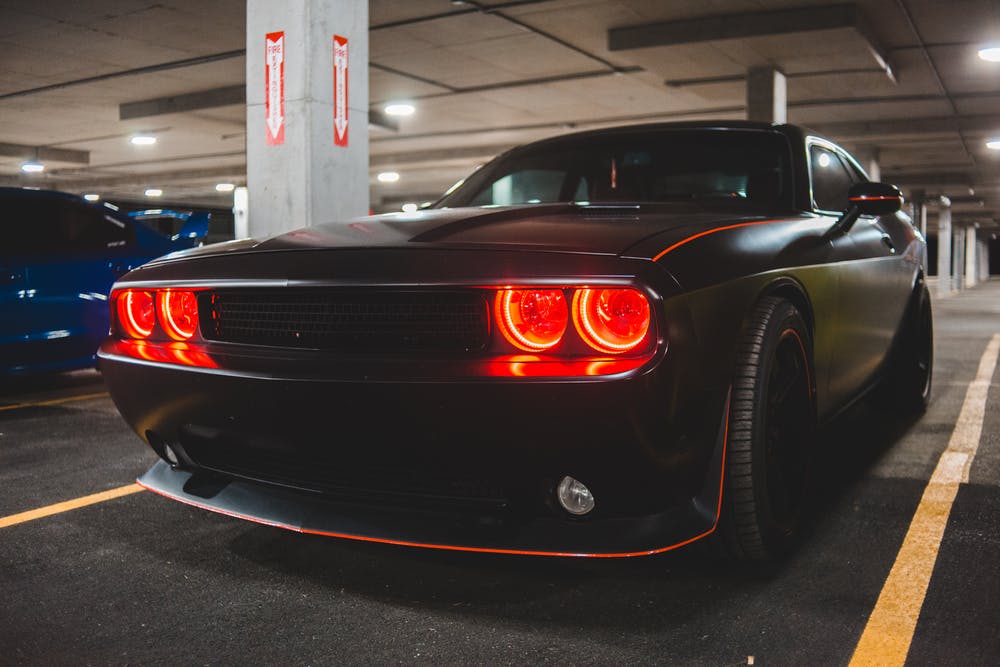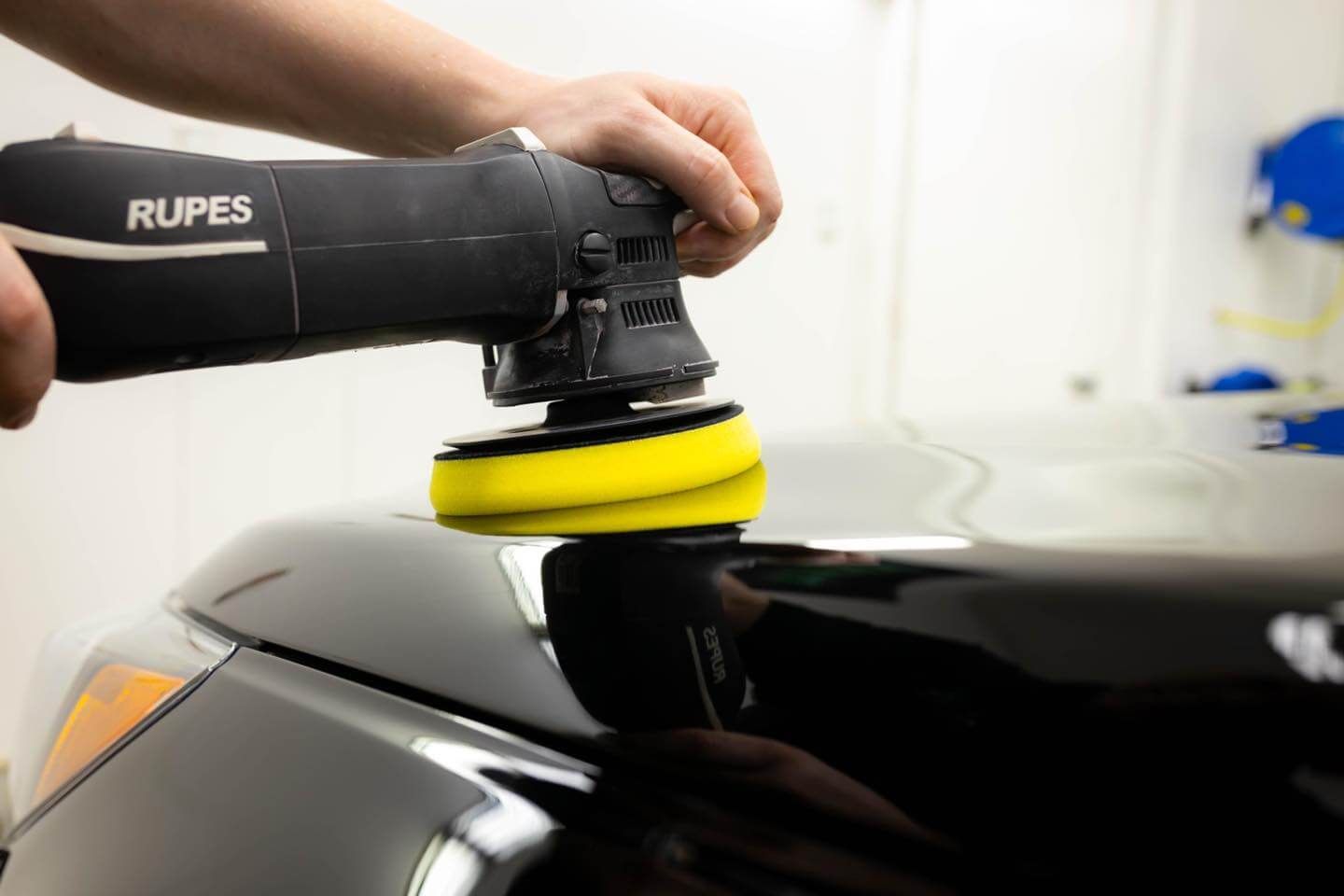Most car owners enjoy paint jobs, so much so that any scratch or fade can ruin someone’s day. This is very understandable, as one of the few things people tend to notice about a car is its exterior. If they were to find any trace of a scratch on it, the appeal of the whole vehicle might drop fast, making it less enticing to look at.
For this very reason, car owners are very meticulous when it comes to their paint job. The cost and effort invested in making them look good will be all worth it if the result is as stunning as the day they were first purchased.
With this in mind, the utmost care and attention to detail should be given to a vehicle to maintain its overall paint. Just because you don’t take it out much on short trips doesn’t mean that it will not experience any form of fade.
Other external factors may affect its overall appearance, and knowing them will help you prevent them in the long run.
1. Ultraviolet Rays
You won’t have to worry about this if you happen to park your vehicle in the garage. However, fading can occur for those who have no choice but to expose their car to sunlight every day.
UV rays are known to cause oxidation on car surfaces, making the paint fade over time. This happens as the heat gets to penetrate the inner layer of the paint itself. After passing through the clear coat, it will heat it until it no longer sticks to the surface of your car. As time goes on, you will notice that the paint will just come off and fade out.
2. Abrasive Cleaners
Too much of anything good can also be harmful. This is true, even with your paint job. An abrasive cleaner may seem harmless at first, but use it too often on the surface of your ride, and it may scratch or expose the inner layer of the paint, making it vulnerable to more UV rays, as with the first pointer.
If you think that taking your vehicle to the car wash saves you from this, keep in mind that they may be using the same cleaner as you are, so be sure to ask around first before picking out a car wash.
3. Salt
Road salt is an essential item in every motorist's winter survival kit. It helps keep roads passable when the weather turns nasty and helps to prevent you from skidding off into a ditch.
But if you take good care of your vehicle's paint, you'll want to make sure that you regularly wash your car after driving on roads that are treated with salt. Salt is corrosive, so over time it will be harmful to the paint on your car. Road salt can cause the clear coat on a car to break down, causing rust spots and discoloration of the paint.
Conclusion
There are a couple of ways for you to save and maintain your car’s paint. It may not be doable at times, but by familiarizing yourself with them, you will be able to come up with a turnaround that will help your car retain its colors. If you want to avoid spending so much money just on repaints, read up on our tips above and pick a location that will not expose your ride to harmful elements.
If you’re looking for an auto detailing studio offering
auto paint corrections near you, 5 Star Auto Detailing is here to help. Our skilled group of detailers offer detailing, ceramic coatings, and paint correction. Contact us for more information about our services.






